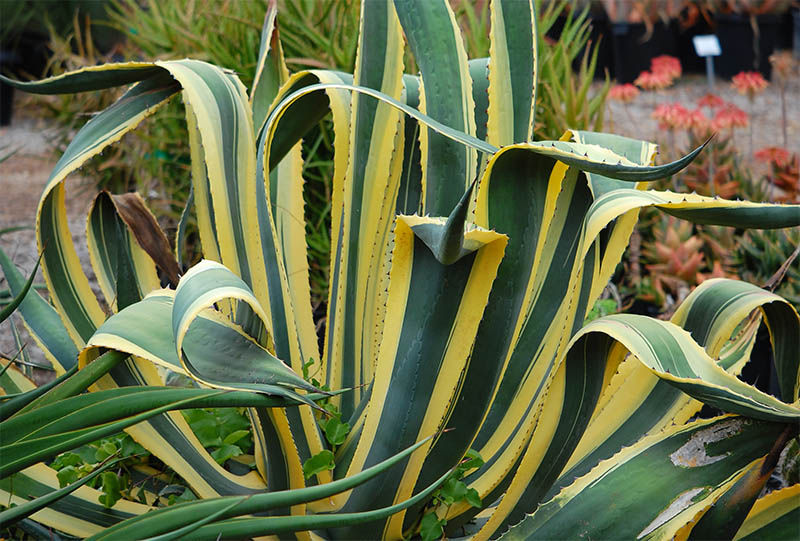Aechmea (Bromeliaceae)
- garden-design-online
- Jun 24, 2020
- 2 min read
The name derives from the Greek akmé «punta», with an allusion to the rigid points of the glass. The genus includes evergreen plants from tropical America, often epiphytes, which have the peculiar shape of most of the Bromeliaceae;

they have in fact rigid leaves arranged like acaulettes, each one ingraining in the form of a spiral to form a central tubular void from which the inflorescence emerges with numerous bracts and small flowers, mostly of a contrasting color. Considered until recently as plants suitable only for the warm greenhouse, some species have proven to have good qualities as houseplants where it is however very difficult to make them bloom.
Cultivated species of Aechmea:
A. fulgens (about 50 cm), dark green leaves, violet flowers and scarlet bracts, persistent; var. discolor (75 cm), leaves with green-gray upper page, brown-violet bottom, violet-blue flowers, scarlet persistent bracts; Aechmea mariaereginae (60 cm), light blue flowers that change to pink before wilting, pink bracts; Aechmea wrapped, the most widespread, leaves 10 cm wide, 45 cm long, stiff, thorny, gray-green striped horizontally with silver-gray stripes; the plants can have a diameter of more than 60 cm and an inflorescence about 40 cm high, with small celestial flowers that last a short time although the pink and thorny bracts remain colored for about six months.
Cultivation:
usually for all the plants of this family, it is recommended to keep the central "vase", that is the heart of the plant, full of water, possibly rain; however, this is a practice that must be done very sparingly in the apartment, since the temperature is usually not high enough to prevent rotting. Even the waterings should be very moderate in winter, for the same reason. After flowering, the central rosette dies, but in the space of almost a year, before this happens, numerous suckers will grow around each root and can be detached and repotted individually in jars with a mixture of equal parts of the fibrous earth, peat, and earth of leaves. The minimum winter temperature should be around 20 ° C, although the A. fasciata can withstand lower temperatures when the soil is kept rather dry.



Comments